Today’s technology-driven world needs Software-as-a-Service (SaaS) organizations. Their software solutions help organizations perform effectively and efficiently. SaaS applications are easily available over the internet. It allows users to access them via a web browser without requiring complex installations or infrastructure. With 42,000 SaaS companies worldwide, it makes up 36.6% of the cloud service market. The market in India is expected to grow annually by 25.09% till 2029. The growing dependency also comes with its own share of problems – one being the cyber security risks. Research shows that 63% of organizational security problems are the result of SaaS misconfigurations. Let’s reflect on the top 7 serious cybersecurity challenges related to SaaS applications.
Table of Contents
Top SaaS Related Cyber Security Challenges
The decentralized nature, reliance on third-party vendors, and evolving cyber threats make SaaS organizations prone to challenges. Here are the top 7 software as service-related cybersecurity challenges:
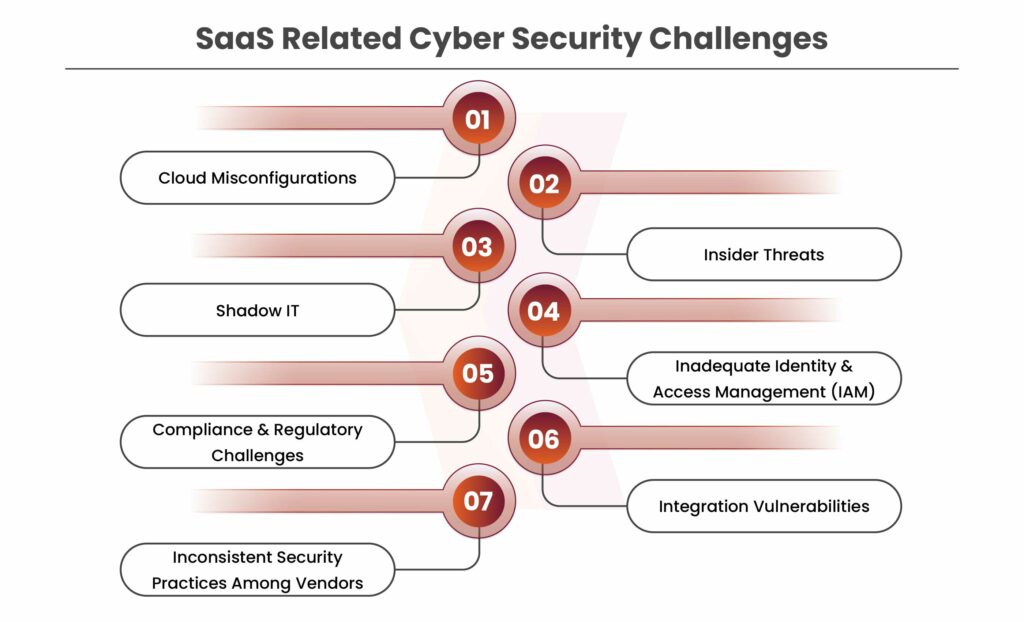
Cloud Misconfigurations
What is the Risk: SaaS applications are the prime target for hackers. This is because these applications store sensitive data in the cloud. Improper configurations or vulnerabilities in the cloud can expose this data to unauthorized access.
Mitigation: SaaS security is paramount. Some mitigation steps for these challenges include implementing robust access controls, encrypting data in transit and at rest, as well as regular audit configurations.
Insider Threats
What is the Risk: As we all know employees of an organization are the weakest link. Thus, insider threats are another challenge that organizations face. Any employees or contractors who are authorized or granted access to use SaaS applications or platforms can accidentally or intentionally compromise organization assets or misuse data.
Mitigation: Cybersecurity measures that organizations need to adopt to mitigate these challenges are using role-based access controls (RBAC), monitoring user activity, and implementing data loss prevention (DLP) policies.
Book Your Free Cybersecurity Consultation Today!
Shadow IT
What is the Risk: When employees use software or applications that the IT department doesn’t know about or approve, it can lead to risky situations. These apps might not have strong security measures, which could put company data at risk. For example, employees sharing sensitive information or files through personal accounts on cloud storage services like Google Drive or Dropbox.
Mitigation: SaaS security measures like performing application security testing and using SaaS management tools to detect and regulate unauthorized app usage, can help organizations overcome these challenges. Above all, organizations must educate employees about approved tools and associated risks.
Inadequate Identity and Access Management (IAM) in SaaS Applications
What is the Risk: Identity and Access Management (IAM) is a system or set of tools and processes. It help organizations control who can access their resources and what they are allowed to do. Poorly managed credentials, weak passwords, or lack of multi-factor authentication (MFA) can allow unauthorized users to gain access to SaaS applications.
Mitigation: To mitigate the challenges from inadequate IAM, software as a service organizations must enforce MFA, use Single Sign-On (SSO) solutions, and implement strong password policies.
Compliance and Regulatory Challenges
What is the Risk: It is important for SaaS organizations to work under a certain framework set by authorized institutions at the national and global levels. Being compliant also instills trust among their application or platform users. However, it is also important to know the rules when dealing with more than one jurisdiction. The challenge is that SaaS providers might store data in jurisdictions with differing privacy regulations, potentially exposing businesses to compliance risks.
Mitigation: To meet challenges that come from the compliance and regulatory front, organizations need to work with SaaS applications that comply with relevant standards for example ISO/IEC 27001, SOC 2, and PCI DSS. Also, it is important that organizations conduct vendor risk assessments.
Integration Vulnerabilities in SaaS Applications
What is the Risk: SaaS applications often integrate with other services via APIs, which can introduce vulnerabilities if not properly secured. A compromised API connection between a SaaS HR system and payroll software is more prone to leak sensitive employee data.
Mitigation: Cybersecurity measures to mitigate these challenges involve securing APIs using proper authentication mechanisms and regularly testing integrations for vulnerabilities through VAPT.
Inconsistent Security Practices Among Vendors
What is the Risk: Inconsistent security practices among vendors is a challenge for organizations because they often rely on multiple third-party vendors to provide services or tools. If each vendor has different levels of security, it could be at risk of data breaches, hacking, or other problems caused by poor security.
Mitigation: Software as a service organizations can reduce their exposure to risk through vendor risk assessment, standardized security requirements, continuous monitoring, data segmentation and access controls, third-party risk management tools, and incident response plans.
Get in!
Join our weekly newsletter and stay updated
How Can Kratikal Help Overcome SaaS Related Challenges?
Kratikal is a CERT-In Empanelled auditor that can help SaaS organizations achieve their standard and regulatory requirements. Software as a service organizations need to achieve ISO 27001, SOC 2, and PCI DSS compliance to meet the security requirements. Kratikal can help such organizations by performing audits. Similarly, in terms of services, Kratikal can help SaaS organizations perform vulnerability assessments and penetration testing for web, mobile, network, and other platforms based on the organization’s requirements. Apart from that Kratikal’s pentesting and VMDR tool, AutoSecT can help detect vulnerabilities in mobile applications, web applications, cloud, and API in a single platform through three scanning methods – Advance, Quick, and Light. Cybersecurity challenges prevail, and mitigating them the right way will help organizations fight them again and again.
FAQs
- What are the security issues in SaaS models of cloud computing?
The most common security issues in SaaS models of cloud computing are insecure APIs and data leakage. Poorly secured APIs used to integrate SaaS solutions with other systems can be attack vectors.
- Which types of issues are associated with the SaaS?
The most common issues associated with SaaS organizations include cloud misconfigurations, insider threats, shadow IT, inadequate Identity and Access Management, compliance and regulatory challenges, integration vulnerabilities and inconsistent security practices among vendors.


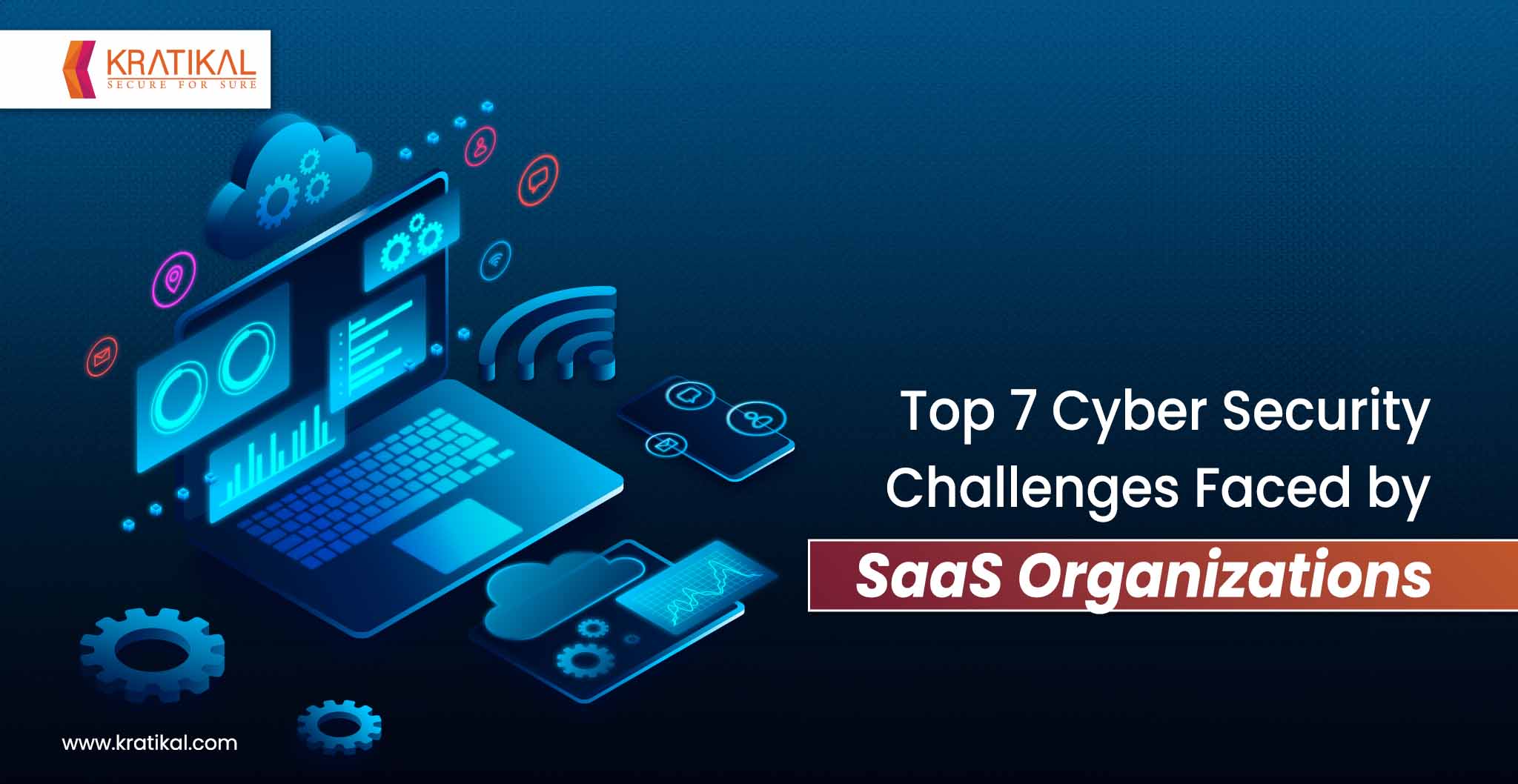


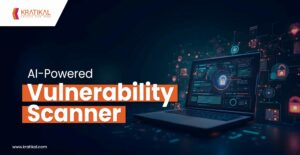
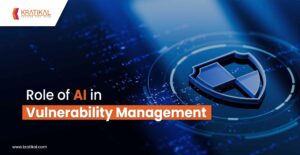
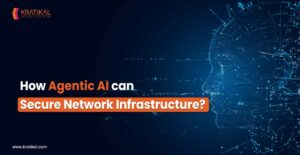
Leave a comment
Your email address will not be published. Required fields are marked *